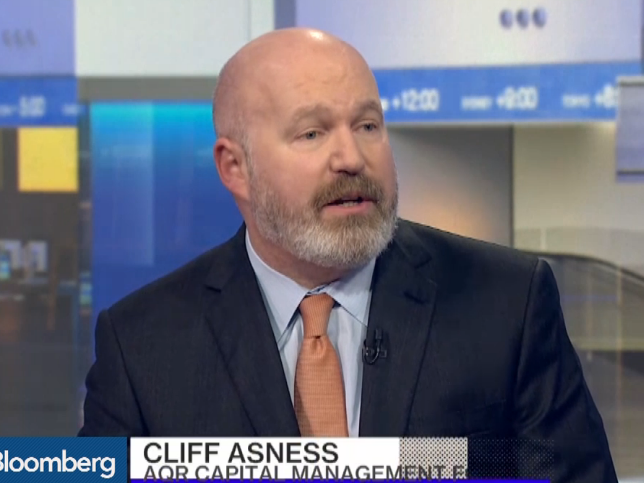Fed Outlook: Read the Lines, Not Between Them - Context
by Fixed Income AllianceBernstein
Fed watching has become something of an industry unto itself, and because I think there are so many people doing it, many people feel the need to try to be cute about it: to try to read between the lines, if you will, and to try to divine what it is that the Fed is thinking. Look, the Fed as an institution is very transparent. It’s not an institution where you’re supposed to read between the lines. You’re supposed to read the lines.
The Fed tells you what they’re doing and why. And they’re honest about it. And what they’re doing right now is removing monetary accommodation, both by reducing the size of the balance sheet and by gradually raising interest rates, because they think the economy can withstand it. They think that growth is above potential, with which we agree, and that over time inflation will rise, with which we also agree. And because of that, they think the appropriate thing to do is to raise interest rates and reduce the balance sheet.
Are they concerned about the transition, are they trying to smooth the way for the transition?
At best that’s a secondary consideration. They certainly wouldn’t raise rates if they thought it were economically inappropriate, just to ease the transition for the next Fed chair. As a secondary consideration, it is a nice thing for the new Fed chair, if we assume that there will be a new one, to walk into a situation where the Fed isn’t in transition, where that transition has already started. It will certainly ease that transition. But that’s not the primary reason that they’re moving on interest rates and the balance sheet.
There’s a lot of discussion in the market these days about the reduction of the Fed’s balance sheet—and for very good reason. This is a process that we haven’t tried before, that the central bank hasn’t done before, and we don’t know for certain what the consequences will be. Our base case is: the reduction of the balance sheet from its current $4.5 trillion down to something like $2.5 or $3 trillion won’t be disruptive.
That’s our expectation for two main reasons. The first is that this process has been very well communicated. A lot of times the disconnect between monetary policy and financial markets comes not from the action itself, but from a miscommunication or a lack of communication. Because the Fed has been so transparent, this program is laid out almost down to the security level for the next few years. And that information should already be in the markets and, by and large, in asset prices.
The second reason we’re not as concerned about it as perhaps others in the market are is because we have a lot of confidence in the economic outlook. Reducing the balance sheet earlier in the cycle, when the economy was weaker and more precarious, could have been disruptive. But with the economy performing well, we think that even if the reduction in the balance sheet results in tighter financial conditions, the economy can withstand that.
Over time, we think that the process won’t be disruptive. It may not be quite as dull as the Fed wants us to believe—and they’ve memorably said that it should be like watching paint dry—but all the same, our base case is that it won’t be a disruption for the economy and won’t be significantly disruptive to financial markets. But, as I said at the outset, this is something we haven’t done before, and so it’s a topic we’ll continue to watch and something we’ll continue to monitor.
Copyright © AllianceBernstein













